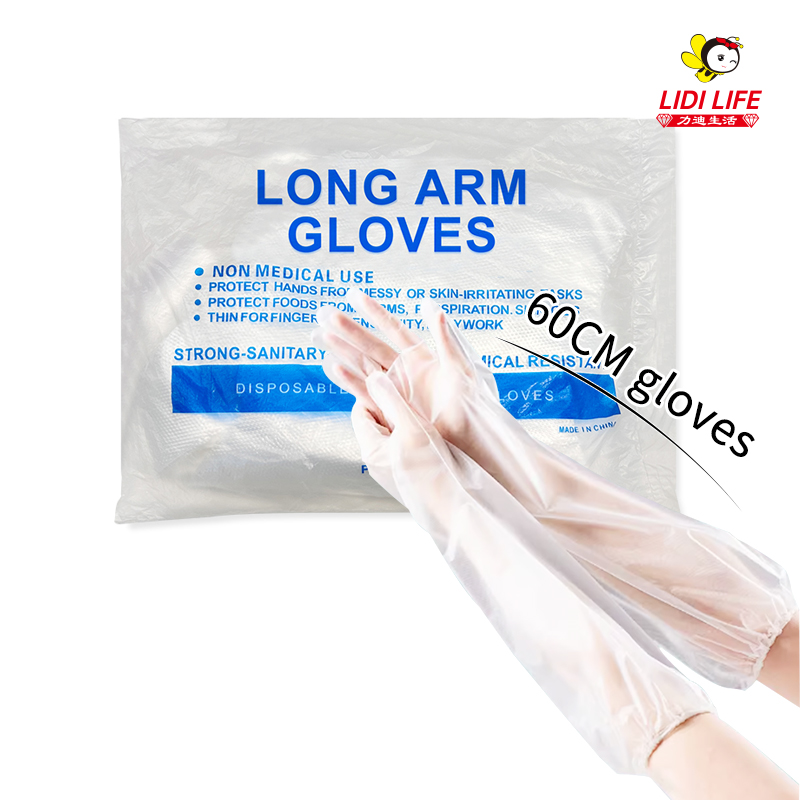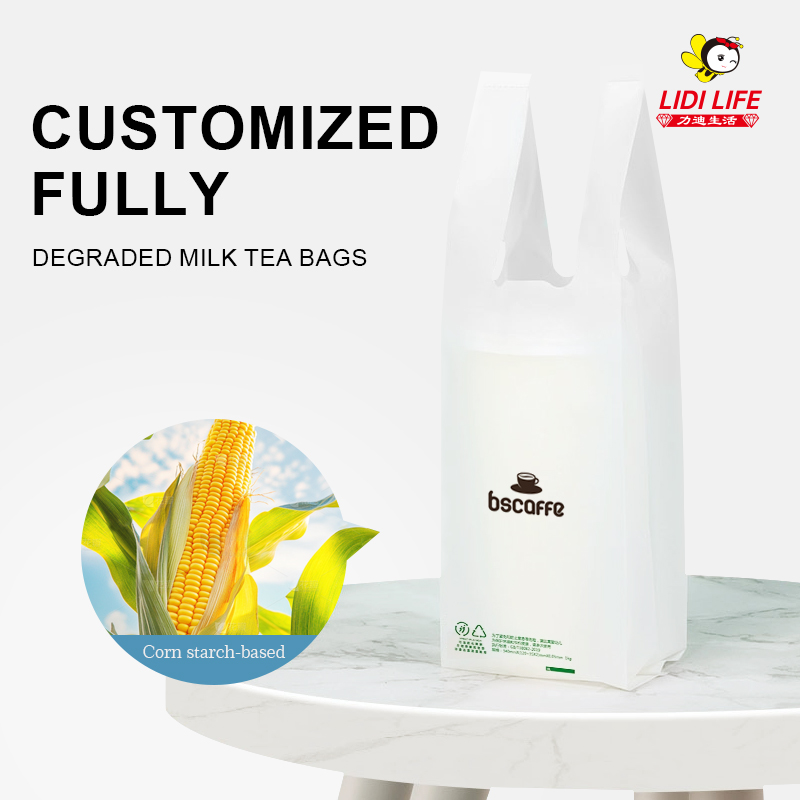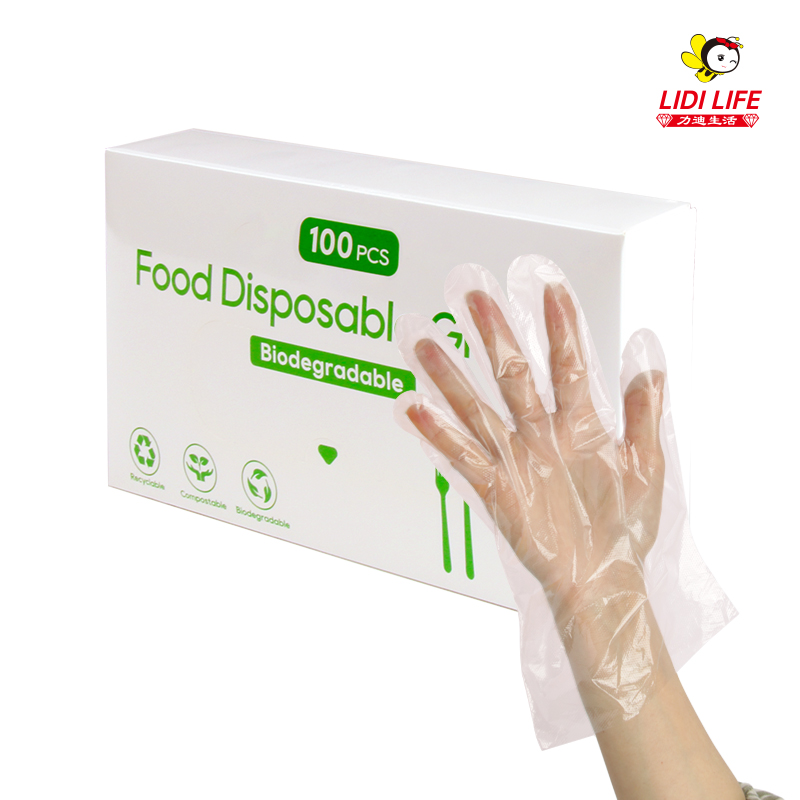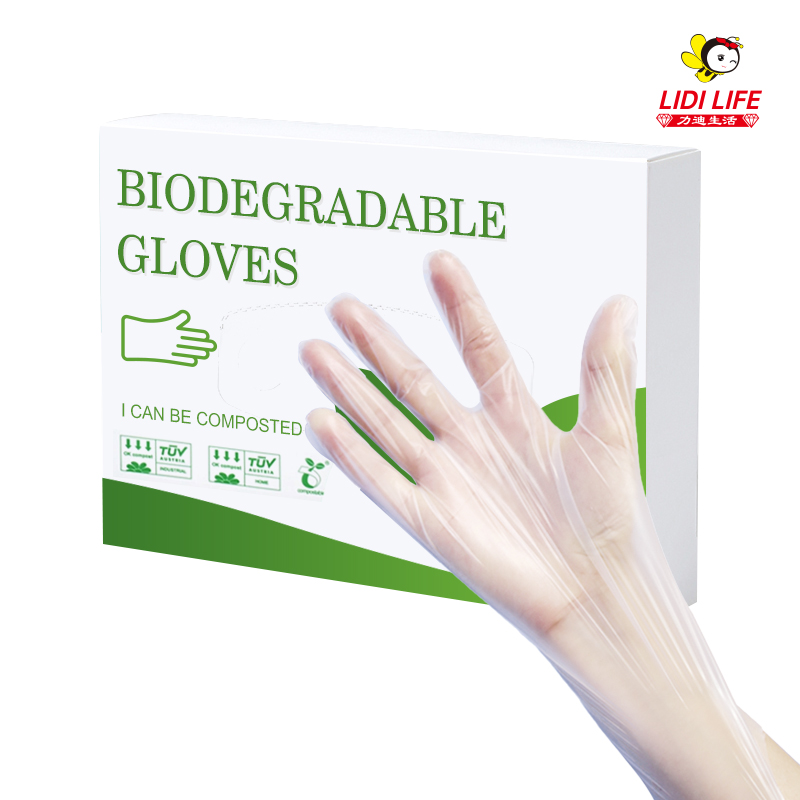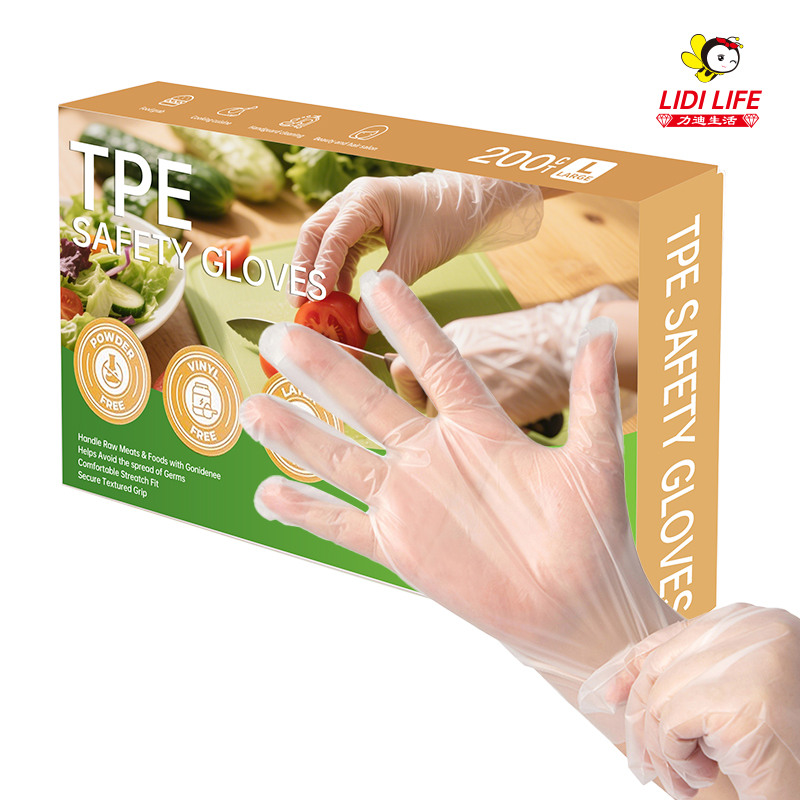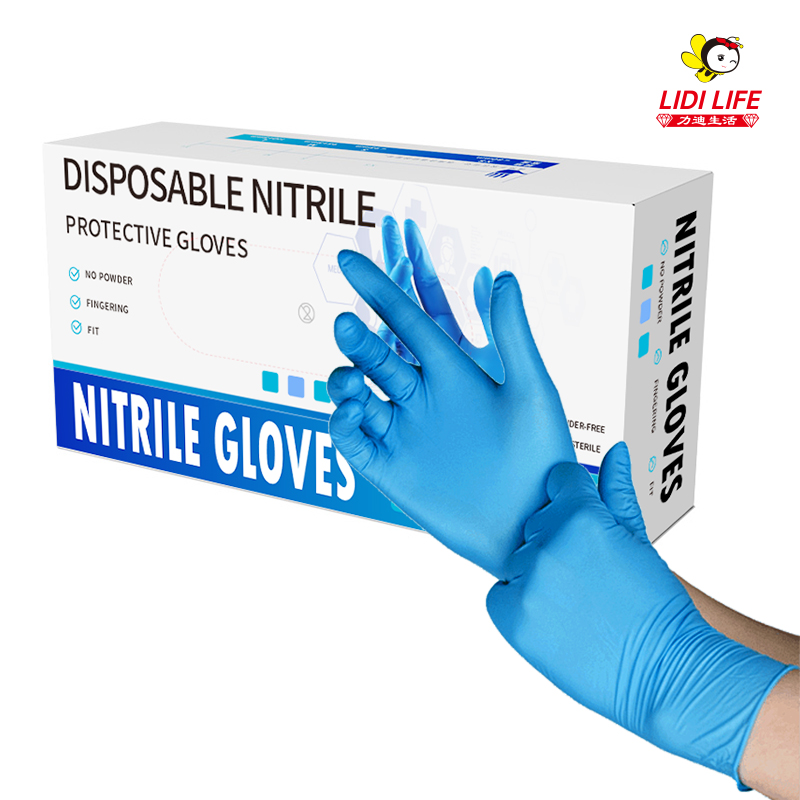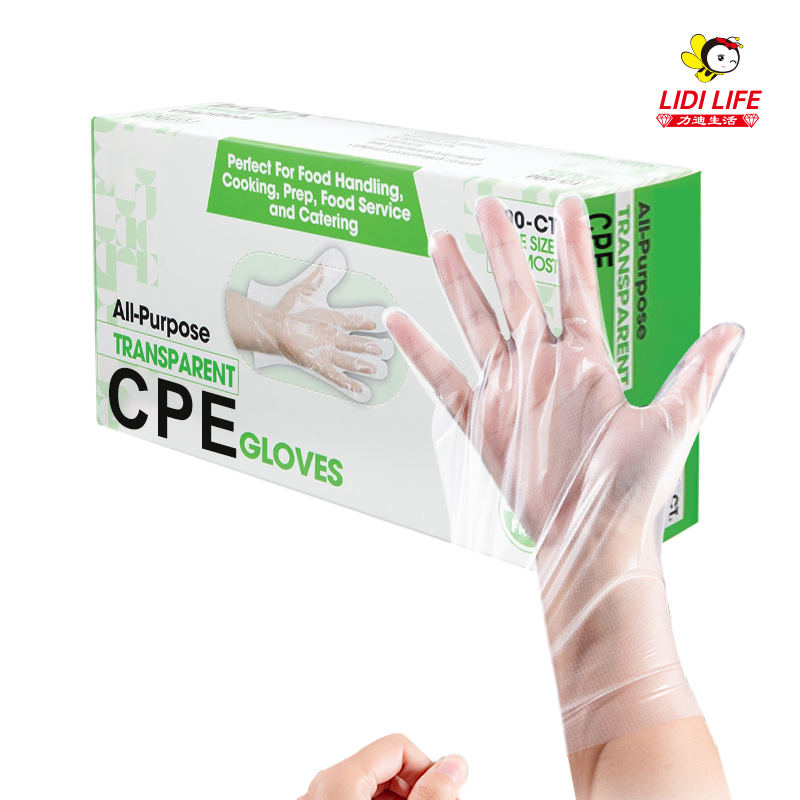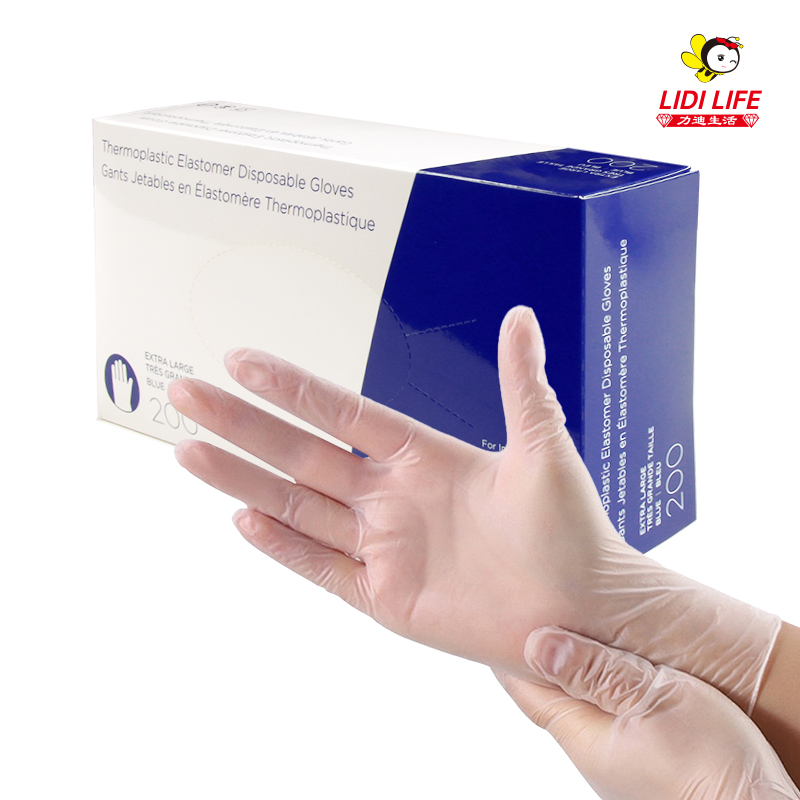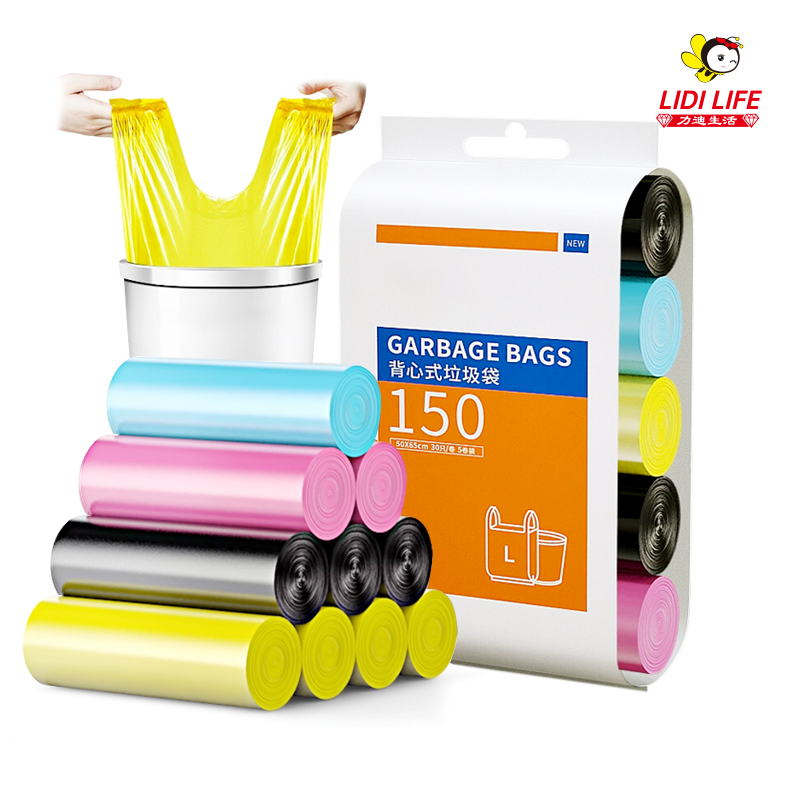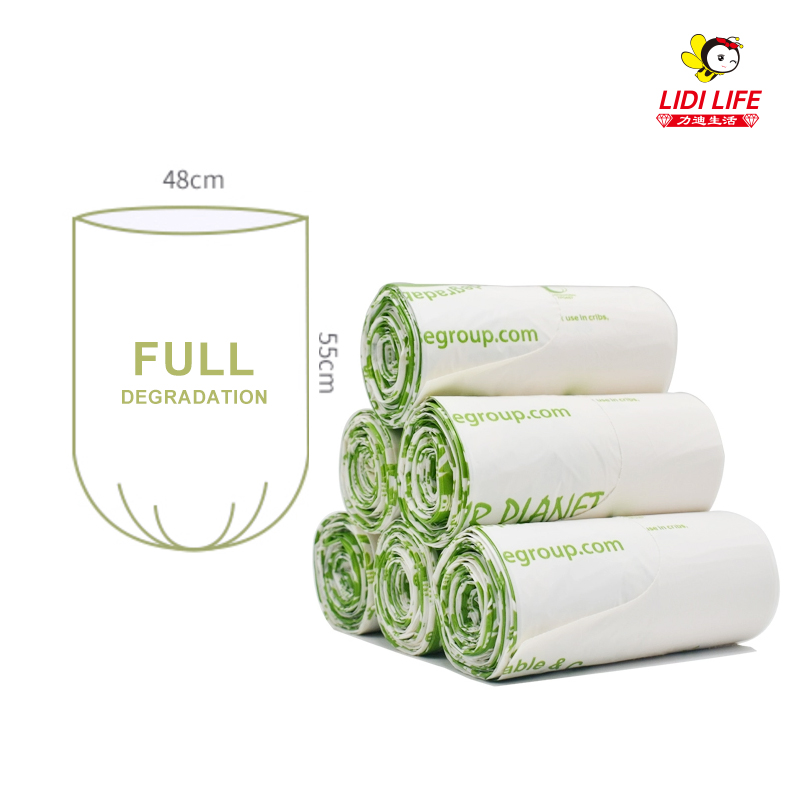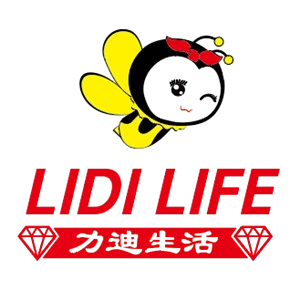Chapter 1: The Evolution of Disposable Gloves
The history of disposable gloves traces back to 1940s America when fast-food culture began flourishing. Having supplied McDonald's for decades, we've witnessed key milestones:
1950s: PE disposable gloves first used in food packaging
1970s: CPEdisposable gloves modification breakthrough
1990s: TPE disposable goloves commercialization
2020s: Biodegradable disposable gloves formulations emerge
Did you know? Over 300 billion disposable gloves are used annually worldwide, with food service accounting for 45%.
Chapter 2: Material Science Breakdown
PE Disposable Gloves: Budget Warrior
Structure: Polyethylene molecular chains
Production: Blown film → Heat sealing → Cutting
Advantage: Lowest cost
Limit: Low heat resistance (<60°C)
CPE Disposable Gloves: All-Rounder
Science: Chlorine atoms replace hydrogen
Key metric: 28-32% chlorine content
Strength: 3x better grease resistance
Market share: 55% of food service usage
TPE Disposable Gloves: Premium Choice
Composition: Thermoplastic elastomer
Technology: Dynamic vulcanization
USP: Near-barehand dexterity
Cost: 2-3x PE gloves
Chapter 3: Data-Driven Selection
Temperature Guide
Cold station: PE/TPE
Fryer area: CPE required
Bakery: 100°C+ specialized gloves
True Cost Formula
Total Cost = (Unit price × Quantity) + (Change frequency × Labor cost) + (Food waste from failures)
Case: A fried chicken chain saved $8,000/year in reduced waste after switching to CPE.
Ergonomic Metrics
Fit: 8 precise sizes
Grip: Patented fingertip texture
Chapter 4: Industry Applications
Fast Food Protocols
Cashier: Clear PE (1.0 mil)
Prep area: Blue CPE (1.5 mil)
Cleaning: Black heavy-duty (2.0 mil)
Fine Dining Solutions
Sushi bar: 0.8 mil TPE
Steakhouse: Suitable for cooking operations
Pastry: Non-stick powder-free
Institutional Innovations
Color-coding system
Smart dispensers
Biodegradable trials
Chapter 5: Myth Busting
"Thicker=Safer?"
Lab data: 1.2 mil premium CPE outperforms 2.0 mil cheap PE in puncture tests."Eco-friendly=Weak?"
New PLA+PBAT blends combine strength and sustainability."Imported=Better?"
Our export-grade products exceed international brands in multiple metrics.
Chapter 6: Future Trends
Smart Gloves
Temperature alerts
Tear detection
Usage tracking
Eco-Innovations
Marine-degradable materials
Plant-based synthetics
Closed-loop recycling
Ergonomic Breakthroughs
3D-scanned custom fits
Moisture-wicking membranes
Self-healing coatings
Chapter 7: Expert Q&A
Q: Managing glove allergies?
A: Powder-free TPE + Vitamin E coating
Q: Optimal inventory control?
A: ABC analysis + seasonal adjustment
Q: New store quantity formula?
A: Daily covers × 0.5 × 1.2 safety factor
Chapter 8: Resource Appendix
State-by-state regulation cheatsheet
Certification identification guide
Emergency protocols (tears/contamination)
Supplier evaluation checklist
Contact us today:
Email: yasin@xmlidi.comWhatsApp: yasinguzel


